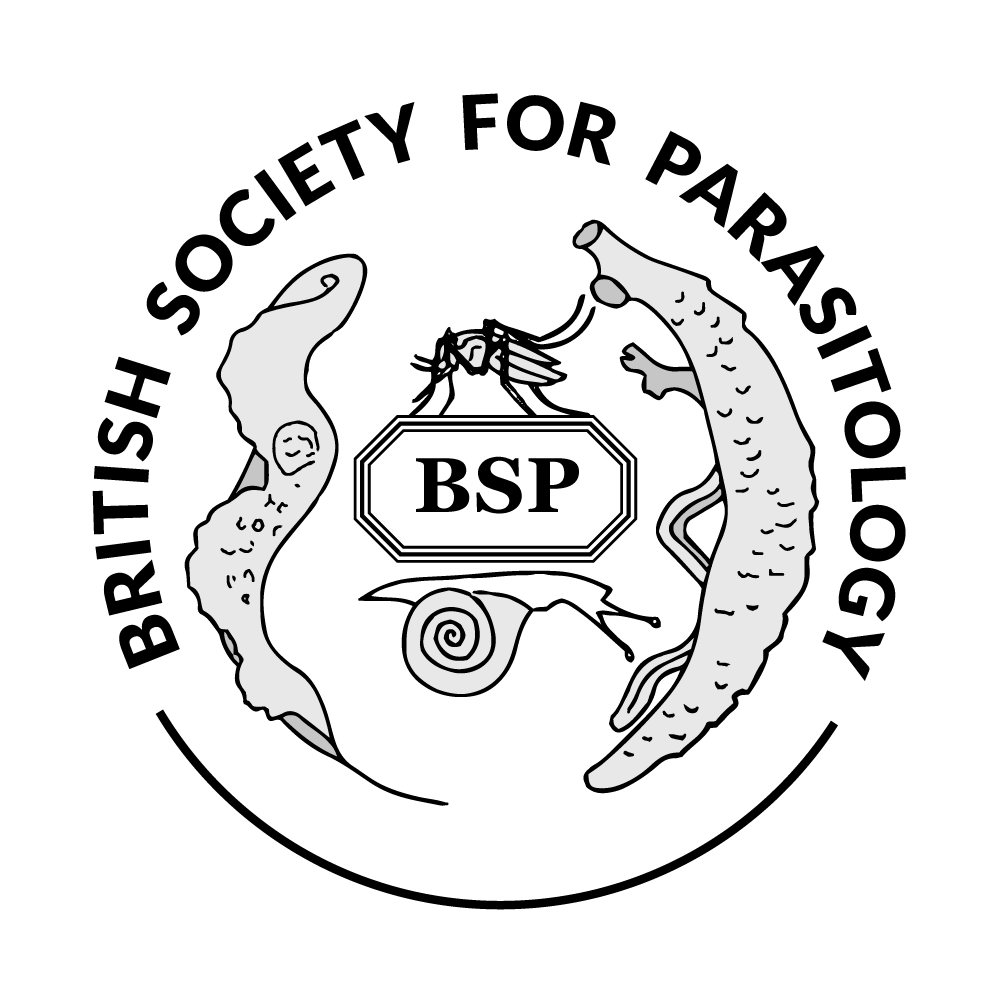

|
Wed4 Sep02:50pm(3 mins)
|
Poster 2 |
Where:
The Flett Lecture Theatre
Track:
Speaker:
|
Eosinophils play a key role in immune responses, particularly in parasitic infections like schistosomiasis, contributing to both defence and pathogenesis. Despite extensive research, the relationship between eosinophil levels, parasitaemia, and factors such as age in endemic populations remains relatively unexplored. This study addresses this gap by examining these correlations as part of the large Hybridisation in UroGenital Schistosomiasis (HUGS) study cohort. We conducted an analysis of 1,674 participants from Mangochi (District 1) and Nsanje (District 2), two geographically distinct regions. Eosinophil counts, haemoglobin levels, and Schistosoma haematobium parasitaemia (measured by urine egg count) were assessed alongside age and location. Due to the non-normal distribution of eosinophil levels, a log transformation was applied. Statistical analyses included Spearman's rank correlation, Mann-Whitney U tests, Kruskal-Wallis H tests, and linear regression. A significant inverse relationship was found between age and log-transformed eosinophil counts (β=−0.0015, p<0.001), indicating a gradual decline in eosinophil levels with age, potentially reflecting changes in immune function or reduced stimulation of the immune system as the infection becomes chronic. Additionally, parasitaemia showed a positive association with eosinophil levels (β=0.031, p<0.001), reinforcing the role of eosinophils in immune response. The Kolmogorov-Smirnov test revealed significant differences in eosinophil levels between Mangochi and Nsanje (p<0.001), with Mangochi exhibiting higher median eosinophil levels. This geographical disparity suggests environmental or genetic factors may influence eosinophil activity, warranting further study. This research provides the first detailed analysis of eosinophil levels relative to age, parasitaemia, and geography in Malawi. The findings highlight the complex relationship between host demographics and immune response, with implications for understanding age-related susceptibility and regional disease burden. The decline in eosinophil levels with age emphasise the need for age-specific strategies in managing parasitic infections, particularly highly prevalent ones such as schistosomiasis, while geographical variations emphasise the importance of local environmental factors in public health interventions. This study fills a critical gap in parasite immunology and lays the groundwork for future research on immune response variability in endemic regions. Future studies should focus on longitudinal analysis to explore causality in these trends, particularly the role of age and location in shaping immune responses. Public health strategies should consider these demographic factors to optimise disease control measures, especially in high-burden regions.